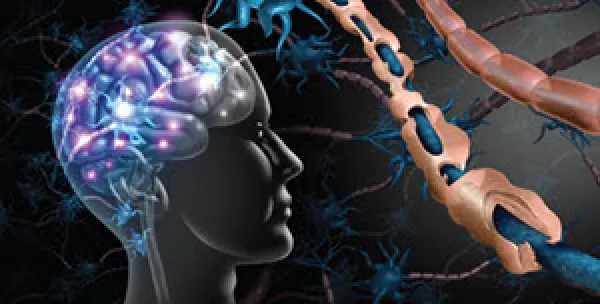Explore Options for Pediatric Neurosurgery Conditions
Know how to code conditions like craniomegalic skull repair. Neurosurgery is always a delicate matter, particularly when you’re dealing with infants and young children as patients. There are a pair of conditions that infants suffer from that neurosurgeons will often work to correct: craniomegalic skull and encephalocele. Each of these conditions has their own sets of diagnosis codes and surgical codes for you to report. Read on to check out the pair of conditions, and how to report the surgeries when your neurosurgeon treats them. Use These Codes for Craniomegalic Skull Repair Craniomegaly (head enlargement), which is also termed macrocephaly, describes patient’s condition when their head circumference exceeds the 97th percentile (two standard deviations) for that individual’s age, gender and race. This can be related to benign familial conditions or underlying causes that can lead to developmental delay and neurological deficits. Head enlargement can result from increased brain parenchyma and/or increased cerebrospinal fluid, and can be associated with hydrocephalus. There are a number of genetic syndromes that are associated with craniomegaly. ICD-10-CM codes: Some of the diagnoses that could lead to craniomegalic skull repair include the following: Note: This is not a complete list of ICD-10 codes for craniomegalic skull conditions; always code to the notes and ask the provider if you’re unsure. Also, this list does not represent approved diagnoses for craniomegalic skull treatments. Check your payer contract for more information regarding treatment for craniomegalic skull. When the surgeon performs surgery to treat the patient’s craniomegalic skull, you’ll report one of the following codes: Example: A 30-month-old patient with hydrocephalic macrocephaly was successfully treated for their hydrocephalus related to aqueductal atresia with an endoscopic third ventriculostomy. However, their head size made it difficult for the patient to achieve head control. Their head circumference was greater than the 99th percentile for their age, race and gender. A surgical reduction of the craniomegalic skull without bone grafting or cranioplasty was recommended. For this encounter, you’d report 62115 for the skull reduction with Q03.0 (Malformations of aqueduct of Sylvius) appended to represent the patient’s condition. Look to I or Q Codes for Encephalocele Repair Another condition that affects infants is encephalocele. According to the National Institutes of Health (NIH), “encephalocele is usually a congenital type of neural tube defect, where a sac containing brain/meninges/cerebrospinal fluid forms outside the skull due to a bone defect. On occasions, acquired encephaloceles may result from trauma, tumors, or iatrogenic injury.” According to Nationwide Children’s Hospital, “Signs of encephalocele can include: ICD-10-CM codes: Some of the diagnoses that could trigger encephalocele repair include the following: Note: This is not a complete list of ICD-10-CM codes for encephalocele conditions; always code to the notes and ask the provider if you’re unsure. Also, this list does not represent approved diagnoses for encephalocele treatments. Check your payer contract for more information regarding treatment for encephalocele. When your surgeon opts for encephalocele repair, choose one of the following codes: Example: A newborn was known to have an occipital encephalocele based on prenatal ultrasound at 16 weeks. The mother did not wish to pursue an amniocentesis because of its associated risks. In utero magnetic resonance imaging (MRI) at 28 weeks confirmed a small occipital encephalocele. The neonate was born by vaginal delivery at 38 weeks of gestational age and physical examination confirmed a 2 cm diameter encephalocele. The neurosurgeon consulted recommended a repair of the occipital encephalocele with cranioplasty. For this encounter, you’d report 62120 for the encephalocele repair with Q01.2 (Occipital encephalocele) appended to represent the patient’s condition.





